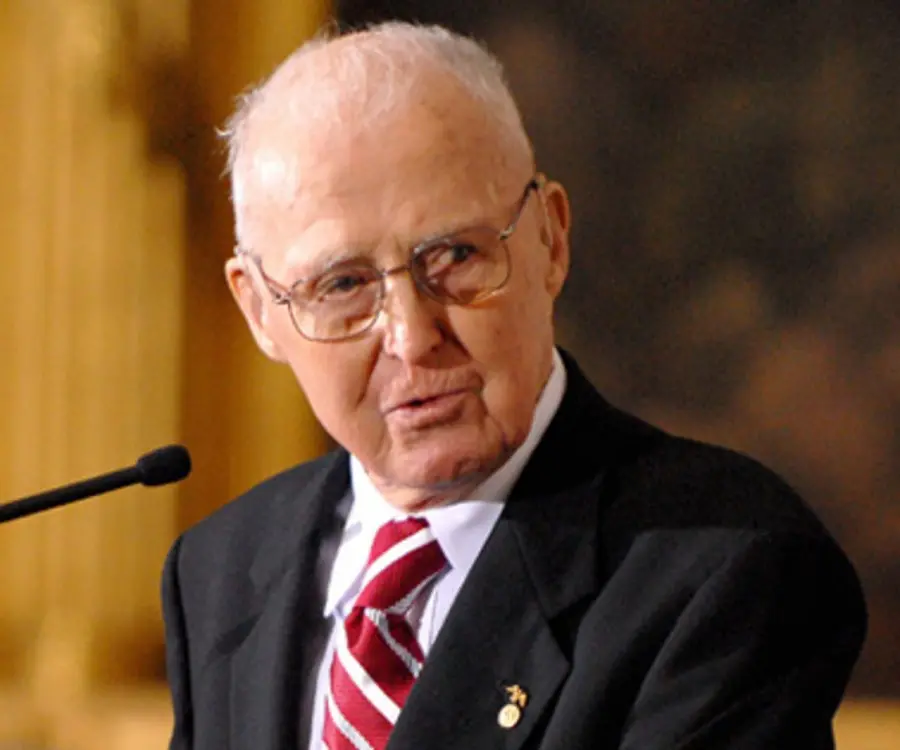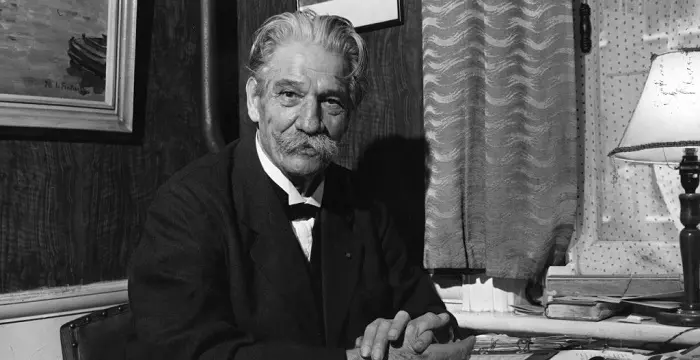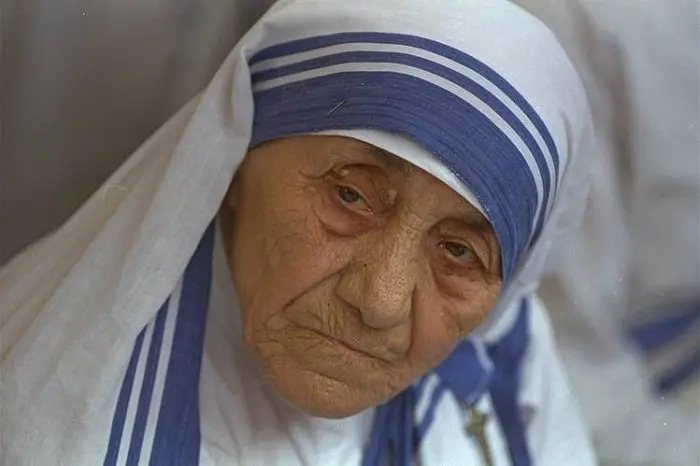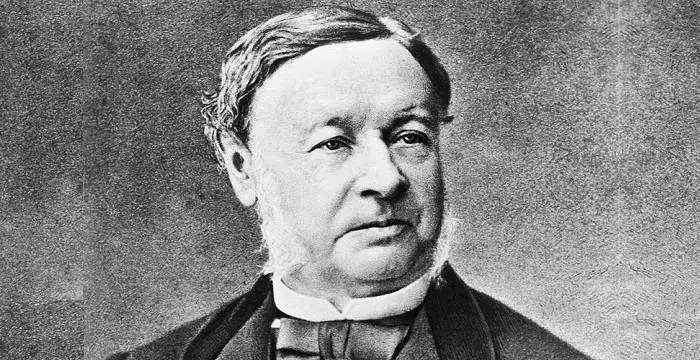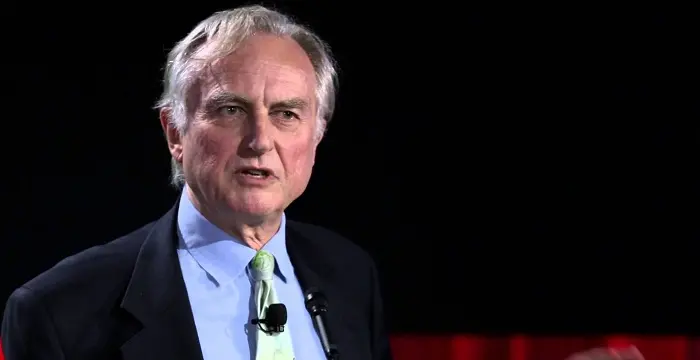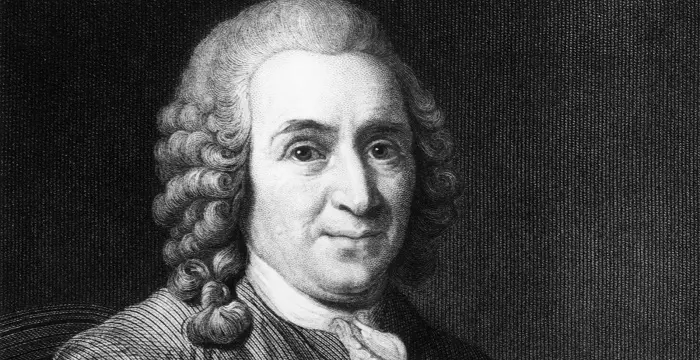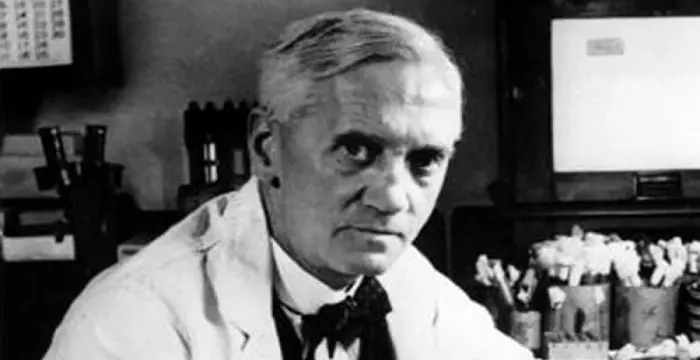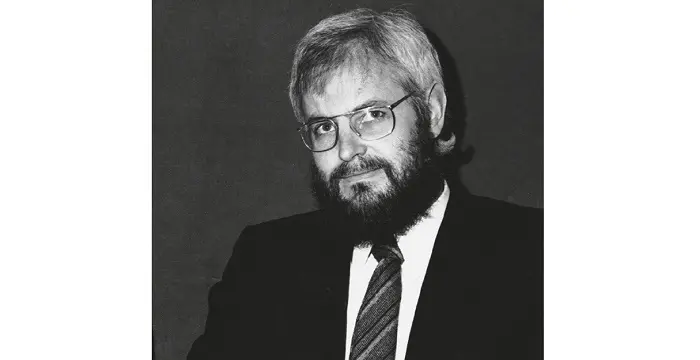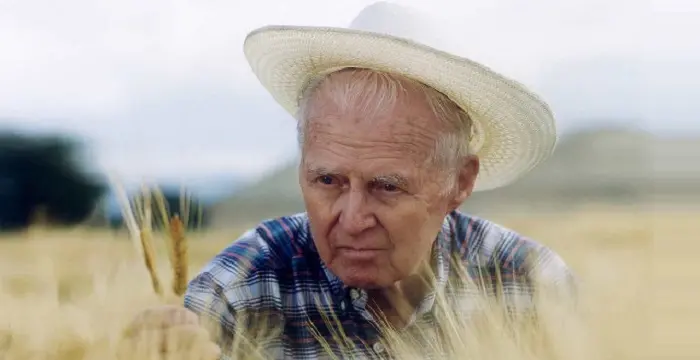
Norman Borlaug - Father of the Green Revolution, Family and Family
Norman Borlaug's Personal Details
Norman Borlaug was an American biologist known as the “Father of the Green Revolution”
| Information | Detail |
|---|---|
| Birthday | March 25, 1914 |
| Died on | September 12, 2009 |
| Nationality | American |
| Famous | Nobel Peace Prize, University Of Minnesota, Scientists, Agricultural Scientists, Biologists, Geneticists, Father of the Green Revolution |
| City/State | Iowa |
| Spouses | Margaret Gibson |
| Siblings | Charlotte and Helen, Palma Lillian |
| Known as | Norman Ernest Borlaug |
| Universities |
|
| Notable Alumnis |
|
| Birth Place | Cresco, Iowa |
| Gender | Male |
| Father | Henry Oliver |
| Mother | Clara Borlaug |
| Sun Sign | Aries |
| Born in | Cresco, Iowa |
| Famous as | Father of the Green Revolution |
| Died at Age | 95 |
Norman Borlaug's photo
Who is Norman Borlaug?
One of the most prominent biologists of the 20th century, Norman Borlaug is often referred to as “The Man who Saved a Billion Lives” and why wouldn’t he be? After all he is the man behind the Green Revolution which revolutionized the way farming was being conducted all over the world. Having spent his childhood in a large farm raising cattle and growing food crops, the young Norman had a great thirst for knowledge. Though as a kid he attended a small school, he decided to pursue his higher education from the University of Minnesota. After completing his studies he could have opted for a lucrative job in the chemical industry but he choose to go to Mexico to research on creating high yielding crops. Over the course of his work he successfully developed disease resistant, high yielding wheat varieties which when combined with modern agricultural production techniques could dramatically change the way farming was done. His discoveries and production techniques helped several hitherto food-deficient countries in Asia and Africa to achieve food security and helped to provide food for millions of starving people. He was presented with the Nobel Peace Prize for his immeasurable contributions towards feeding millions of people around the world.
// Famous Scientists
Juliane Koepcke
Juliane Koepcke is a German-Peruvian biologist, who was the lone survivor among the 92 passengers and crew of the ill-fated LANSA Flight 508 that crashed in the Peruvian rainforest on 24 December 1971. Know more about her life in this biography.
Henry Cavendish
Henry Cavendish was a theoretical chemist and physicist, renowned for discovery of hydrogen and calculation of the mass of earth. To know more about his childhood, profile, timeline and career read on
Konstantin Tsiolkovsky
Konstantin Tsiolkovsky was a Russian rocket scientist and a pioneer of astronautics. This biography provides detailed information about his childhood, family, personal life, career, achievements, etc.
Childhood & Early Life
He was the eldest child of Henry Oliver and Clara Borlaug; he had three younger sisters.
As a kid he went to a one-teacher, one-room rural school in Howard County. He worked at his family’s 106 acre farm as a youngster raising cattle, hunting, and growing food crops like corn and oats.
He enrolled at the University of Minnesota in 1933 and was accepted into the General College. He eventually transferred to the College of Agriculture’s forestry program. He received his Bachelor of Science in forestry in 1937.
He studied plant pathology under Elvin Stakman and received a Master of Science degree in 1940 and Ph. D in plant pathology and genetics in 1942
Career
He was appointed as a microbiologist at DuPont in Wilmington from 1942 to 1944. He was asked to develop glue that could withstand warm salt water which he developed within weeks with the help of his colleagues.
His job at DuPont was very lucrative and high paying yet when he learnt that the Mexican government was keen on establishing Cooperative Wheat Research and Production Program, he went to Mexico in 1944 to head this new program as a geneticist and plant pathologist.
Initially he faced many difficulties in Mexico due to the lack of availability of scientific equipment and trained staff. Moreover, the farmers in Mexico were wary of the new program. He spent the first ten years developing disease resistant strains of wheat.
He discovered that pure line plant varieties are less disease resistant and thus developed multiline varieties by crossing several pure lines each with different genes for disease resistance. In 1953, he further developed this technique.
He introduced a very useful feature, known as dwarfing, in his hybrids,which produces thicker and shorter stems in wheat grass which prevents it from collapsing under the weight of its grains.
By the early 1960s he had developed new varieties of wheat which were semi-dwarf and disease resistant called Pitic 62 and Penjamo 62. By 1963 95% of Mexican farmers used these strains of wheat in their fields and had a yield that was six times larger than in 1944—the year he had arrived in Mexico.
In 1964, he was made the director of the International Wheat Improvement Program at Texcoco as a part of the established Consultative Group on International Agricultural Research's International Maize and Wheat Improvement Center. He retired from this position in 1979.
During the mid 1960s, the Indian subcontinent was going through a famine and drought. Borlaug’s team sent hundreds of tons of seeds to India and Pakistan. Both India and Pakistan harvested yields that were much larger than any previous ones.
The success of the initial yields prompted India and Pakistan to buy large amounts of the seeds over the next few years and by 1968 Pakistan became self-sufficient in wheat production and India followed suit in 1974. The use of these wheat varieties has also helped several Latin American and African countries.
He began teaching at the Texas A&M University in 1984 where he also conducted research. He was given the title of Distinguished Professor of International Agriculture at the university. He was with the university till his death.
Major Works
One of the key personalities who lead the Green Revolution, Norman Borlaug is known as the “Father of the Green Revolution”. By combining the use of disease resistant, high yielding seeds with modern agricultural techniques, many countries have been able to increase their food grain production manifold.
Awards & Achievements
He was awarded the Nobel Peace Prize in 1970 "for his contributions to the 'green revolution' that was having such an impact on food production particularly in Asia and in Latin America."
The U.S. Presidential Medal of Freedom, the highest civilian award in the U.S., was bestowed upon him in 1977.
Personal Life & Legacy
He met Margaret Gibson while in college and married her in 1937. The couple had three children of whom one died in infancy. They remained happily married for 69 long years till Margaret died in 2007.
He lived a long life and was diagnosed with lymphoma during his later years. He died at the age of 95 in 2009.
// Famous Nobel Peace Prize
Emily Greene Balch
Emily Greene Balch was an American economist, sociologist and pacifist who won the 1946 Nobel Peace Prize. This biography of Emily Greene Balch provides detailed information about her childhood, life, achievements, works & timeline.
Albert Schweitzer
Albert Schweitzer was a German born French theologian, organist, philosopher, physician, and medical missionary. Check out this biography to know about his childhood, family life, and achievements.
Mother Teresa
All through her life, Mother Teresa served people selflessly. Read the biography and learn about Mother Teresa’s childhood, life and timeline.
Norman Borlaug's awards
| Year | Name | Award |
|---|---|---|
Other | ||
| 0 | Public Welfare Medal (2002) | |
| 0 | National Medal of Science (2004) | |
| 0 | Congressional Gold Medal (2006) | |
| 0 | Padma Vibhushan (2006) | |
| 0 | Nobel Peace Prize (1970) | |
| 0 | Presidential Medal of Freedom (1977) | |
| 0 | Vannevar Bush Award (2000) | |
Norman Borlaug biography timelines
- // 1937He met Margaret Gibson while in college and married her in 1937. The couple had three children of whom one died in infancy. They remained happily married for 69 long years till Margaret died in 2007.
- // 1942He studied plant pathology under Elvin Stakman and received a Master of Science degree in 1940 and Ph. D in plant pathology and genetics in 1942
- // 1942 To 1944He was appointed as a microbiologist at DuPont in Wilmington from 1942 to 1944. He was asked to develop glue that could withstand warm salt water which he developed within weeks with the help of his colleagues.
- // 1944His job at DuPont was very lucrative and high paying yet when he learnt that the Mexican government was keen on establishing Cooperative Wheat Research and Production Program, he went to Mexico in 1944 to head this new program as a geneticist and plant pathologist.
- // 1953He discovered that pure line plant varieties are less disease resistant and thus developed multiline varieties by crossing several pure lines each with different genes for disease resistance. In 1953, he further developed this technique.
- // 1964In 1964, he was made the director of the International Wheat Improvement Program at Texcoco as a part of the established Consultative Group on International Agricultural Research's International Maize and Wheat Improvement Center. He retired from this position in 1979.
- // 1968The success of the initial yields prompted India and Pakistan to buy large amounts of the seeds over the next few years and by 1968 Pakistan became self-sufficient in wheat production and India followed suit in 1974. The use of these wheat varieties has also helped several Latin American and African countries.
- // 1970He was awarded the Nobel Peace Prize in 1970 "for his contributions to the 'green revolution' that was having such an impact on food production particularly in Asia and in Latin America."
- // 1977The U.S. Presidential Medal of Freedom, the highest civilian award in the U.S., was bestowed upon him in 1977.
- // 1984He began teaching at the Texas A&M University in 1984 where he also conducted research. He was given the title of Distinguished Professor of International Agriculture at the university. He was with the university till his death.
- // 2009He lived a long life and was diagnosed with lymphoma during his later years. He died at the age of 95 in 2009.
// Famous Biologists
Juliane Koepcke
Juliane Koepcke is a German-Peruvian biologist, who was the lone survivor among the 92 passengers and crew of the ill-fated LANSA Flight 508 that crashed in the Peruvian rainforest on 24 December 1971. Know more about her life in this biography.
Theodor Schwann
Theodor Schwann was a German physiologist who discovered the Schwann cells in the peripheral nervous system. This biography of Theodor Schwann provides detailed information about his childhood, life, achievements, works & timeline.
Richard Dawkins
Richard Dawkins is an English ethologist and evolutionary biologist. This biography of Richard Dawkins provides detailed information about his childhood, life, achievements, works & timeline.
Carl Linnaeus
Carolus Linnaeus was a renowned Swedish biologist popularly known as the ‘Father of Modern Taxonomy’ who founded the binomial nomenclature. Read on to know more about his childhood, career, profile and timeline
Alexander Fleming
Alexander Fleming was a Scottish biologist and pharmacologist who discovered enzyme lysozyme and antibiotic penicillin. This biography of Alexander Fleming profiles his childhood, life, research, discoveries, achievements and timeline.
Georges J. F. Kohler
Georges J. F. Kohler was a German immunologist who received the Nobel Prize in Physiology or Medicine in 1984. Check this biography to get details about his life, profile and timeline.
Norman Borlaug's FAQ
What is Norman Borlaug birthday?
Norman Borlaug was born at 1914-03-25
When was Norman Borlaug died?
Norman Borlaug was died at 2009-09-12
Which age was Norman Borlaug died?
Norman Borlaug was died at age 95
Where is Norman Borlaug's birth place?
Norman Borlaug was born in Cresco, Iowa
What is Norman Borlaug nationalities?
Norman Borlaug's nationalities is American
Who is Norman Borlaug spouses?
Norman Borlaug's spouses is Margaret Gibson
Who is Norman Borlaug siblings?
Norman Borlaug's siblings is Charlotte and Helen, Palma Lillian
What was Norman Borlaug universities?
Norman Borlaug studied at University Of Minnesota
What was Norman Borlaug notable alumnis?
Norman Borlaug's notable alumnis is University Of Minnesota
Who is Norman Borlaug's father?
Norman Borlaug's father is Henry Oliver
Who is Norman Borlaug's mother?
Norman Borlaug's mother is Clara Borlaug
What is Norman Borlaug's sun sign?
Norman Borlaug is Aries
How famous is Norman Borlaug?
Norman Borlaug is famouse as Father of the Green Revolution


